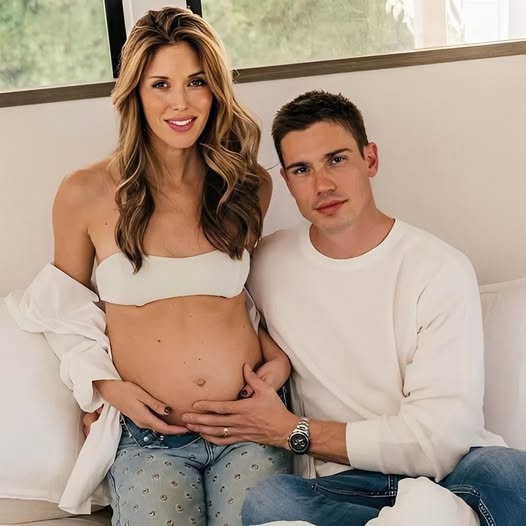
Whoops!
Page not found!
The page you are trying to reach cannot be found. In the meantime feel free to search or check out the articles below.


Andy Cohen Reveals Teresa Giudice Is Officially Returning to RHONJ Season 15 With the Highest Salary Ever for a Housewife in Franchise History
-1751376465-q80.webp)
Ryan Guzman teases messier love life for Eddie in 9-1-1 Season 9 after years of failed relationships and self-sabotage
-1751375847-q80.webp)
“I’LL CANCEL MY WEDDING FOR YOU!” Ridge STUNS Brooke at the Airport With Last-Minute Plea — Nick Watches Helplessly



-1751375832-q80.webp)
-1751375707-q80.webp)


